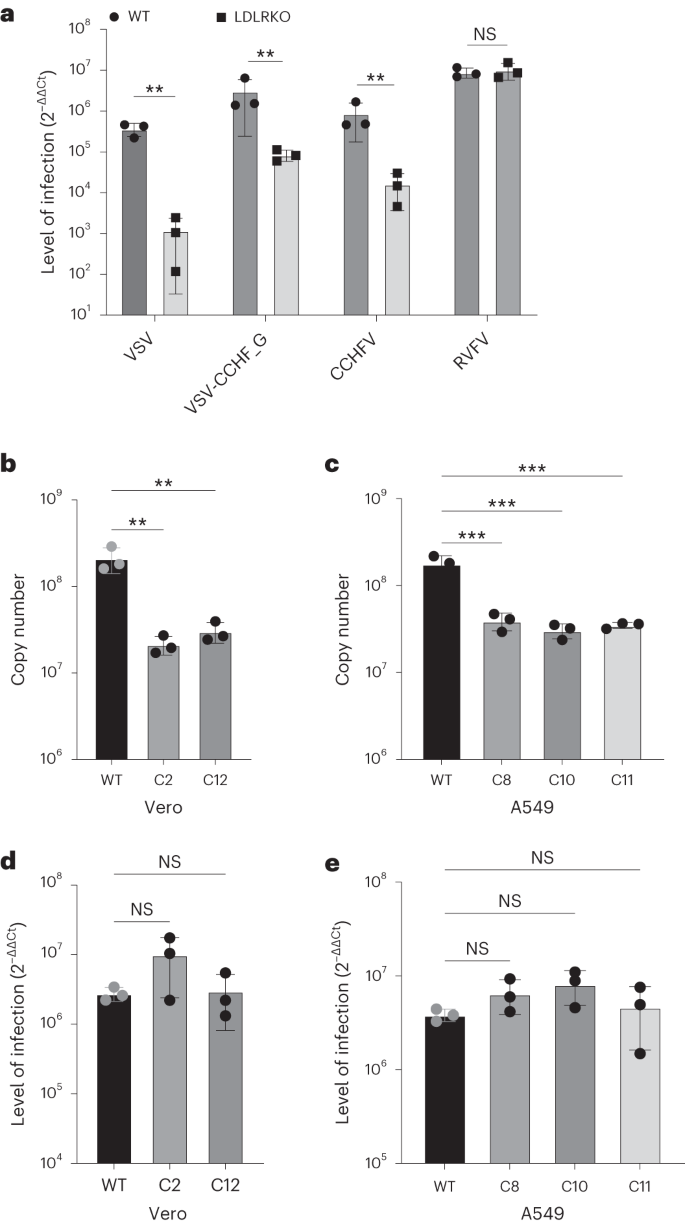2024-03-28 カロリンスカ研究所(KI)
<関連情報>
- https://news.ki.se/bidirectional-link-between-premenstrual-disorders-and-perinatal-depression
- https://journals.plos.org/plosmedicine/article
月経前障害と周産期うつ病の双方向の関連: スウェーデンの全国登録に基づく研究 The bidirectional association between premenstrual disorders and perinatal depression: A nationwide register-based study from Sweden
Qian Yang ,Emma Bränn,Elizabeth R. Bertone- Johnson,Arvid Sjölander,Fang Fang,Anna Sara Oberg,Unnur A. Valdimarsdóttir,Donghao Lu
PLOS Medicine Published: March 28, 2024
DOI:https://doi.org/10.1371/journal.pmed.1004363
Abstract
Background
Premenstrual disorders (PMDs) and perinatal depression (PND) share symptomology and the timing of symptoms of both conditions coincide with natural hormonal fluctuations, which may indicate a shared etiology. Yet, there is a notable absence of prospective data on the potential bidirectional association between these conditions, which is crucial for guiding clinical management. Using the Swedish nationwide registers with prospectively collected data, we aimed to investigate the bidirectional association between PMDs and PND.
Methods and findings
With 1,803,309 singleton pregnancies of 1,041,419 women recorded in the Swedish Medical Birth Register during 2001 to 2018, we conducted a nested case-control study to examine the risk of PND following PMDs, which is equivalent to a cohort study, and transitioned that design into a matched cohort study with onward follow-up to simulate a prospective study design and examine the risk of PMDs after PND (within the same study population). Incident PND and PMDs were identified through clinical diagnoses or prescribed medications. We randomly selected 10 pregnant women without PND, individually matched to each PND case on maternal age and calendar year using incidence density sampling (N: 84,949: 849,482). We (1) calculated odds ratio (OR) and 95% confidence intervals (CIs) of PMDs using conditional logistic regression in the nested case-control study. Demographic factors (country of birth, educational level, region of residency, and cohabitation status) were adjusted for. We (2) calculated the hazard ratio (HR) and 95% CIs of PMDs subsequent to PND using stratified Cox regression in the matched cohort study. Smoking, BMI, parity, and history of psychiatric disorders were further controlled for, in addition to demographic factors. Pregnancies from full sisters of PND cases were identified for sibling comparison, which contrasts the risk within each set of full sisters discordant on PND. In the nested case-control study, we identified 2,488 PMDs (2.9%) before pregnancy among women with PND and 5,199 (0.6%) among controls. PMDs were associated with a higher risk of subsequent PND (OR 4.76, 95% CI [4.52,5.01]; p < 0.001). In the matched cohort with a mean follow-up of 7.40 years, we identified 4,227 newly diagnosed PMDs among women with PND (incidence rate (IR) 7.6/1,000 person-years) and 21,326 among controls (IR 3.8). Compared to their matched controls, women with PND were at higher risk of subsequent PMDs (HR 1.81, 95% CI [1.74,1.88]; p < 0.001). The bidirectional association was noted for both prenatal and postnatal depression and was stronger among women without history of psychiatric disorders (p for interaction < 0.001). Sibling comparison showed somewhat attenuated, yet statistically significant, bidirectional associations. The main limitation of this study was that our findings, based on clinical diagnoses recorded in registers, may not generalize well to women with mild PMDs or PND.
Conclusions
In this study, we observed a bidirectional association between PMDs and PND. These findings suggest that a history of PMDs can inform PND susceptibility and vice versa and lend support to the shared etiology between both disorders.
Author summary
Why was this study done?
- Perinatal depression (PND) and premenstrual disorders (PMDs) share symptomology (e.g., feeling depressed), and the timing of symptom onset of both conditions coincides with natural hormonal fluctuations.
- Prospective data are lacking to study the potential bidirectional association between these conditions, which can guide clinical management.
What did the researchers do and find?
- We conducted a nested case-control study and transitioned that design into a matched cohort study with onward follow-up to simulate a prospective study design.
- Among approximately 1.8 million singleton pregnancies in Sweden during 2001 to 2018, we identified 84,949 women with PND and 849,482 unaffected women, individually matched on age and calendar year. Pregnancies from full sisters of women with PND were also identified for sibling comparison.
- Among women with PND, 2.9% had PMDs before pregnancy, in contrast to 0.6% among matched unaffected women. PMDs were associated with a nearly 5 times higher risk of subsequent PND. In the matched cohort with a mean follow-up of 6.90 years, women with PND had almost 2 times higher risk of subsequent PMDs, compared to matched unaffected women.
- The bidirectional association between PMDs and PND was noted for both prenatal and postnatal depression, regardless of history of psychiatric disorders, and also in sibling comparison.
What do these findings mean?
- These findings suggest that a history of PMDs can inform PND susceptibility and vice versa.
- The main limitation of this study was that our findings, based on clinical diagnoses or prescribed medications, may not generalize well to women with mild PMDs or PND.


